Are luxury brands facing a customer balance dilemma? According to consultancy Bain & Company (Bain), in its Luxury Goods Worldwide Market Study with Altagamma, the Italian luxury goods manufacturers’ industry association, the difficulty is “between catering to top clientele and reaching new audiences amid ongoing complexities.” In other words, keep the big spenders happy while attracting new customers, particularly in what the report describes as a “stalled” luxury goods market. Adding to the challenge, according to the report, are macroeconomic pressures and “a polarized customer base,” according to Bain partner Claudia D’Arpizio.

Image courtesy: @erik
Perhaps strikingly, the differentiation in clients was nuanced, rather than the vague “aspirational consumer” versus the wealthy. Bain pointed to generational differences, pitting Gen X and Baby Boomers against the younger demographic groups. “Facing rising unemployment levels and weakening future outlooks, younger generations are delaying spending in luxury goods . . . [while] Gen X and Baby Boomers continue to enjoy accrued wealth, growing their spend as they capture luxury brands’ attention.” Left out of the immediate Bain discussion apparently are Millennials, who experts expect to be greatest recipients of a wealth transfer. However, Bain’s January 2024 report anticipates that, by 2030, “Gen Z will account for 25% to 30% of luxury market purchases, while millennials will account for 50% to 55%.”
According to Bain, this bifurcation explains why brands “are taking a dichotomous approach” – giving special treatment to top clients at the same time expanding into new areas, such as sport branding to attract new customers. Over the last few years, we have seen brands pursue Hermès-like exclusivity, making products more difficult to obtain, and, at the same time, offer special treatment, such as Chanel’s plans for private boutiques or access to unique events.
Read also: Here’s Why Chanel is Going to Open Private Boutiques
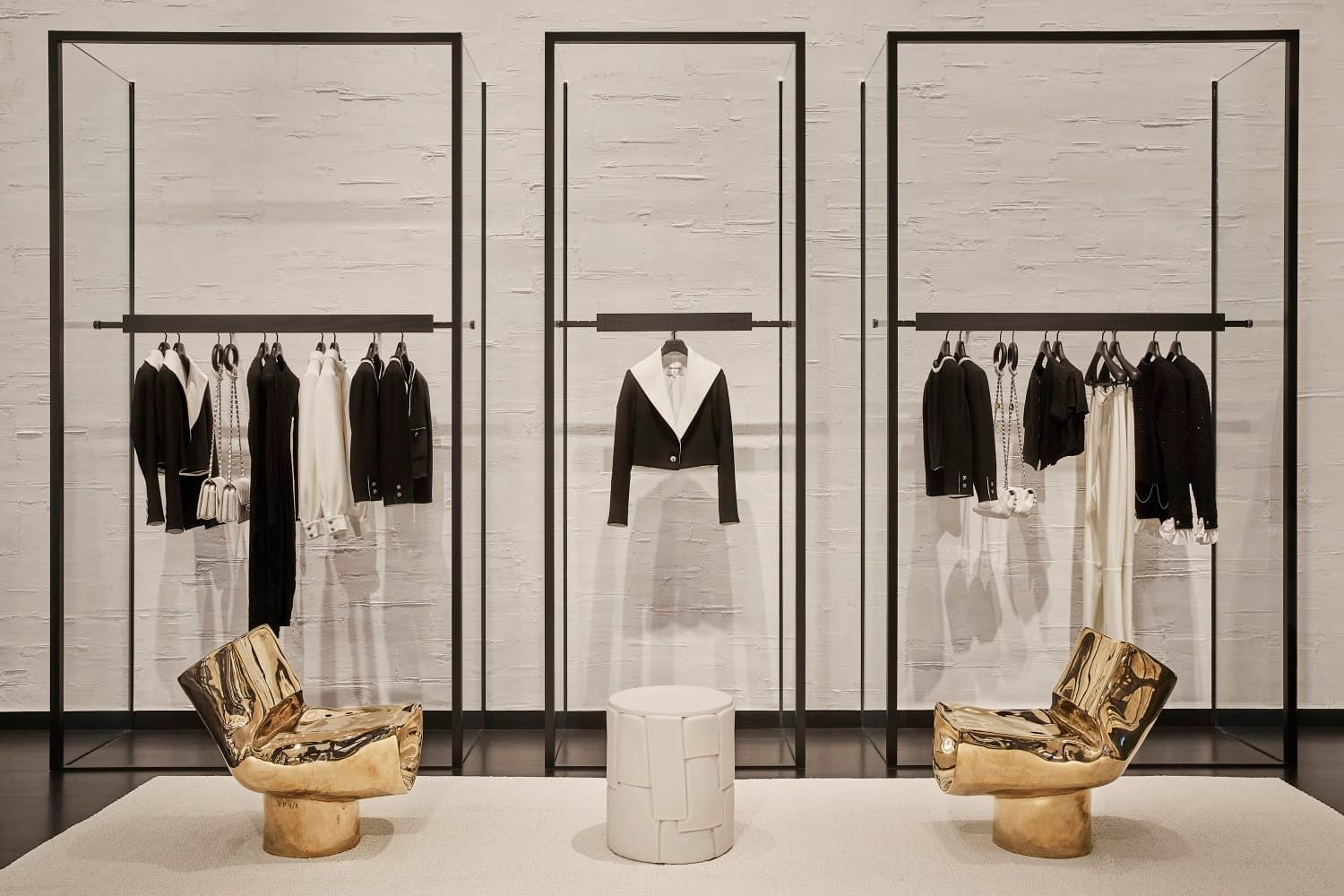
Image courtesy: highxtar
At the same time, brands are working, as they must, to attract new groups of customers, including recent efforts to collaborate sports with brands. Examples include brands featured at the 2024 Paris Olympics, NBA collections, and, perhaps even the recent Vogue World: Paris 2024, melding fashion icons with athletic stars. The same holds true for the use of “brand ambassadors” from the worlds of music, film, and celebrity.
Read also: Vogue World: Paris 2024 – A Spectacular Fusion of Fashion and Sport
Additionally, over the last few years, many luxury brands have expanded their range of entry level price point products. A $75 lipstick beautifully packaged offers a boutique experience and a way of building a relationship with a brand. And, brands hope, it is the beginning of their connection with a new client.
Read also:
Meet Celine Beauté – The Latest Luxe Beauty Line

Image courtesy: @ericsauvagestudio
One question is whether this is primarily a generational divide or more accurately described as uber-rich versus merely rich versus aspirational, or some other wealth breakdown. Social media seems dominated by Gen Z publicizing (okay, bragging about) their expensive scores, and spending to keep up with celebrity culture. Put another way, there are a lot of rich young people flaunting wealth. There are also those who are aspirational and those who don’t care – as there is with every generation. And over the course of a lifetime, their goals and wishes may shift.
The same is true of Gen X and older. Some are phasing out spending, especially as retirement nears, or as they find children and grandchildren may need financial assistance. Someone who has spent years building a collection of handbags may realize the bags no longer fit their lifestyle and/or they just don’t need any more in their closet. Deaccessioning is very common, and reduces the desire to purchase. If that’s the case, brands perhaps should wonder whether “special treatment” will help retain these clients?
At the same time, wondering whether spending on these products makes sense can be on the mind of anyone, of any age. A recent opinion piece in the Financial Times by Swetha Ramachandran claims current luxury price increases have the rich questioning whether it’s worth it. Part of the equation, Ramachandran says, is emerging price sensitivity, but another part is value: that the wealthy are willing to spend if they see value in what is offered. Aka the difference between a Hermès Birkin which has not skyrocketed in price versus a Chanel classic flap which has more than doubled in the last five years.
Read also: Could 2024 Be the Year of Gloom and Doom for Handbag Lovers?
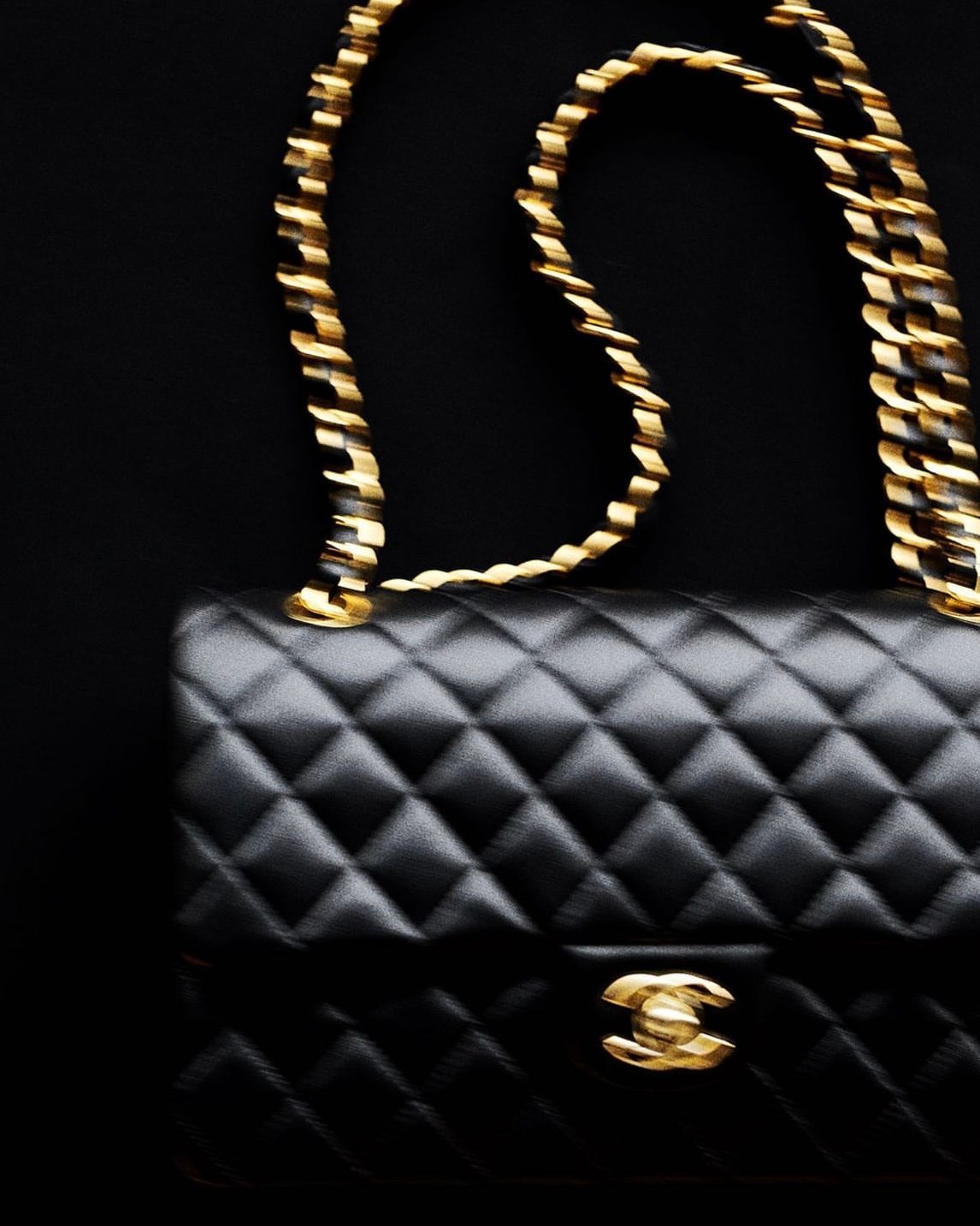
Image courtesy: @chanelofficial
Value goes beyond pricing changes though. It is nothing new to wonder whether any handbag, for example, should cost four, five, or more figures. In recent years, we have all become more aware of just how much we pay for a “brand name.” Tanner Leatherstein rose to fame breaking down the actual cost of production of luxe handbags and comparing to the retail pricing. In most cases, the premium paid for a logo or brand status is shockingly high.
Read also: Viral Star Tanner Leatherstein Tells You How Much Your Bag Should Really Cost
Another recent issue though, is whether luxury is indeed luxury. In recent years, whether brands like it or not, there’s been increasing visibility into production issues, particularly with handbags. Recently, a facility putting together Dior handbags was put under administration for treatment of its employees. It includes claims that Dior paid this supplier about $57 for the assembly of each bag. While the story is not yet complete or known, many wonder how a bag that “cost” $57 to put together could possibly be luxury even when it sells for $2800.
For now, Bain’s advice to brands will not surprise you: they need a dual strategy “framed around the allure of top-tier clientele and the appeal of smaller luxury indulgences [to] . . . drive growth at both ends of the price spectrum,” say Federica Levato, a Bain partner.
Bain says the personal luxury goods market is the weakest since 2020 amid the height of the pandemic. It expects growth to between flat and 4% growth at constant rates. Sales in China have slowed due to economic uncertainty and a sentiment against displays of wealth – “luxury shame” as Levato calls it.
For now, the short message is: Keep your high end clients coming back happy and continue to develop a new customer base.
Updated: July 18th, 2024



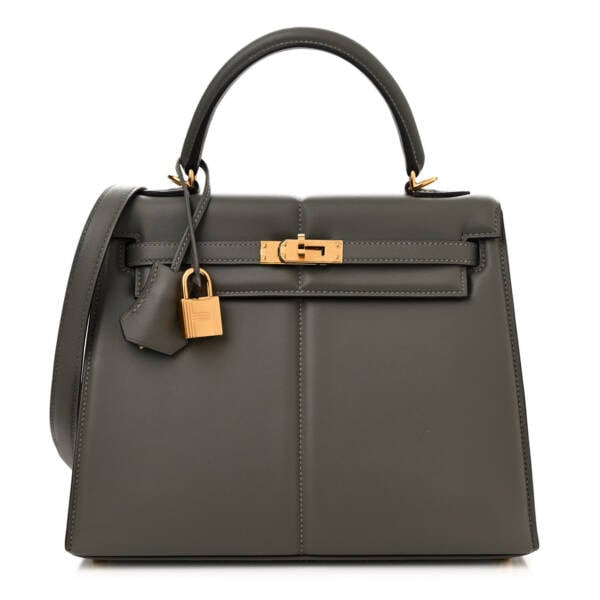
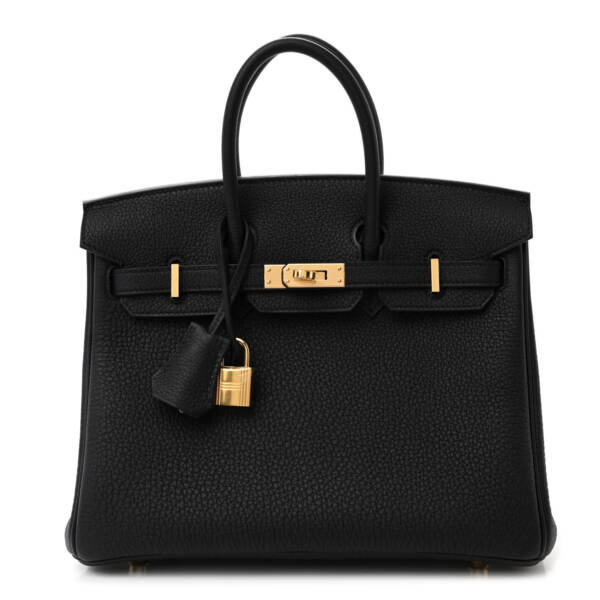
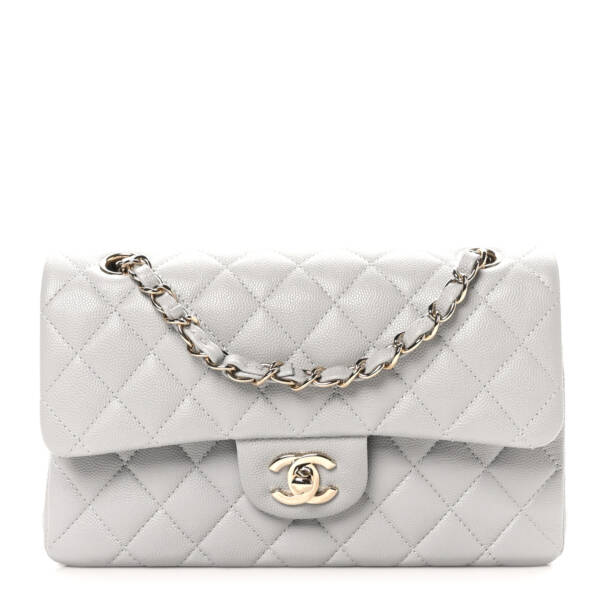
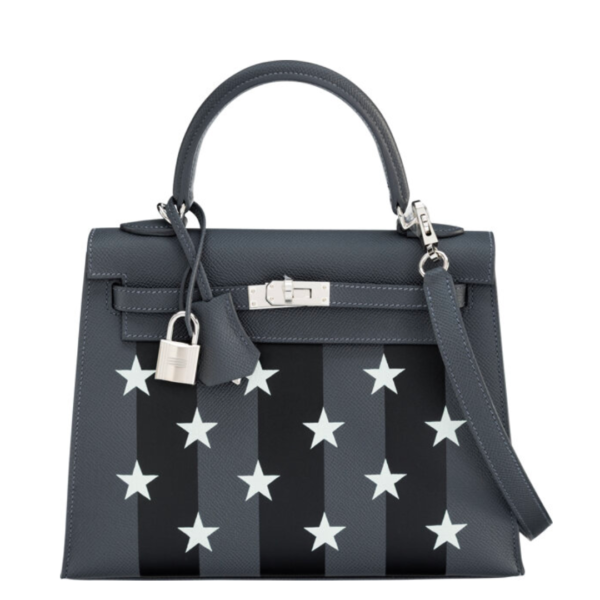
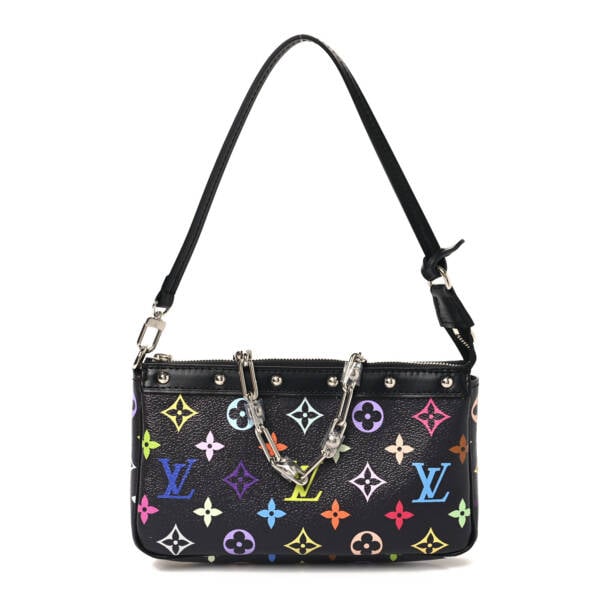
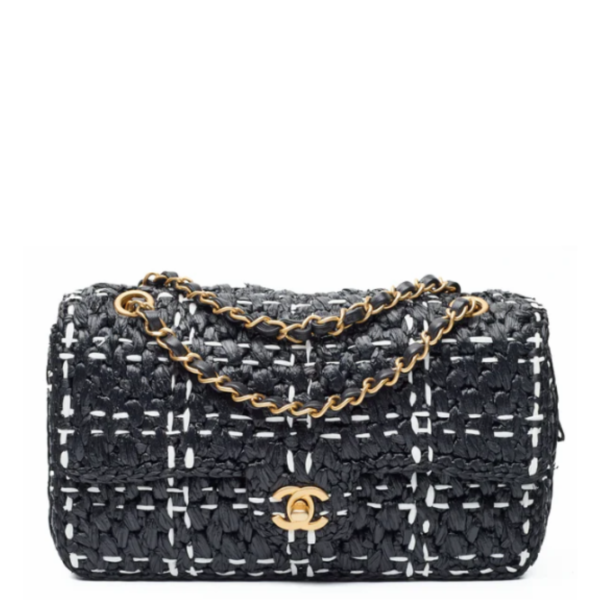
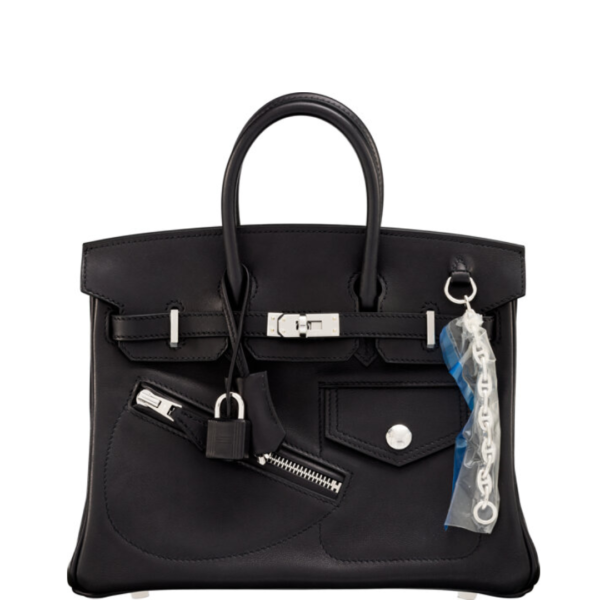
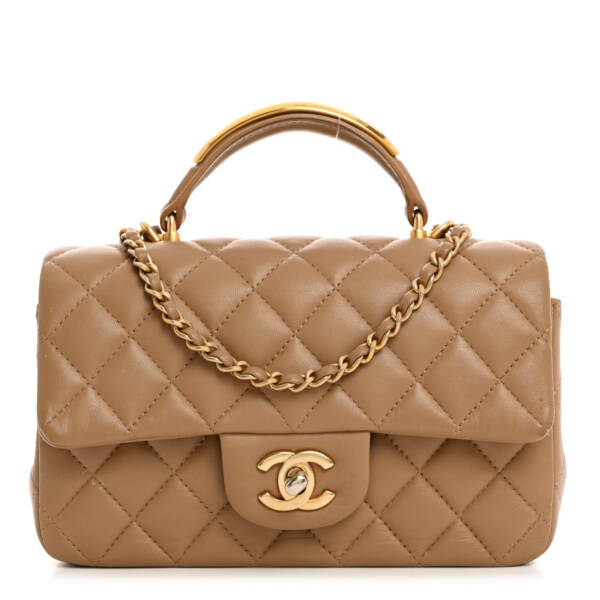
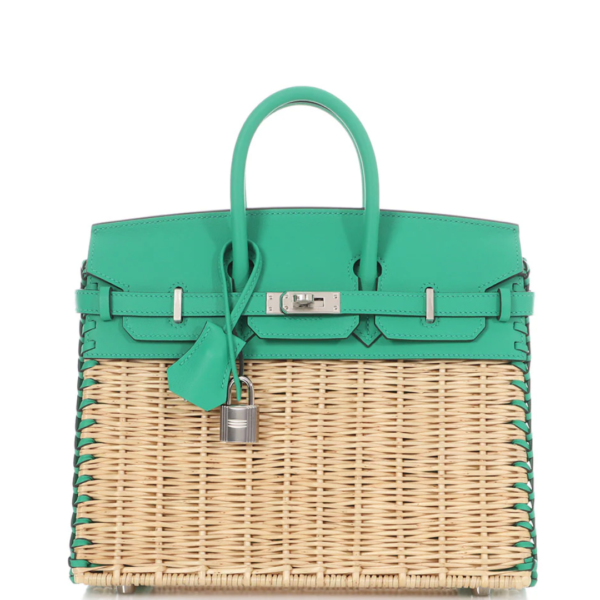
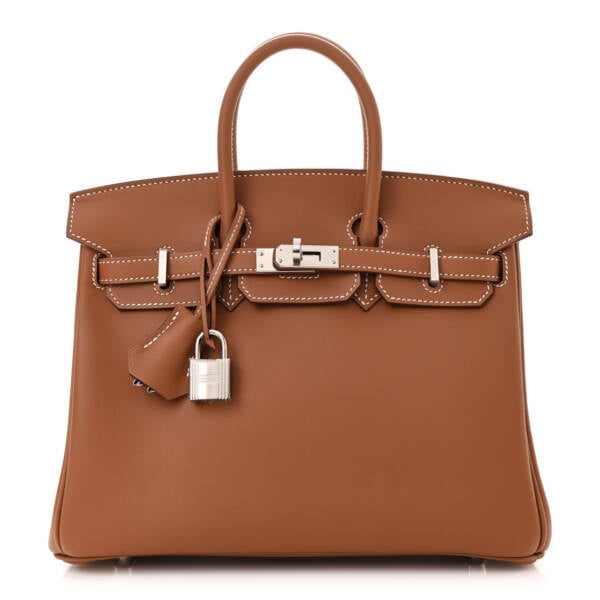
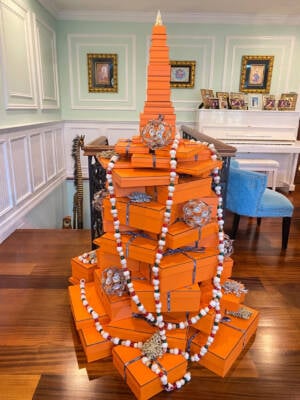
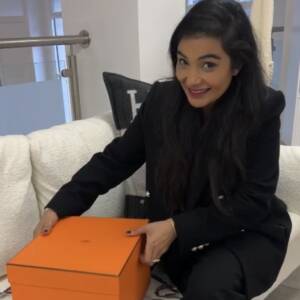
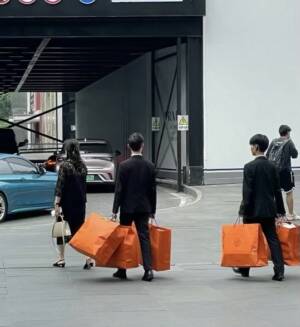
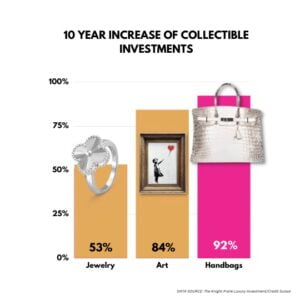
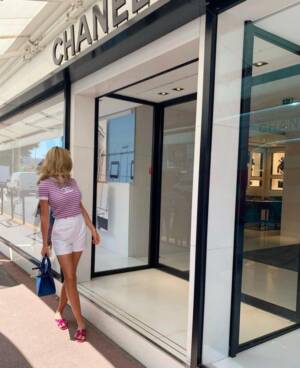
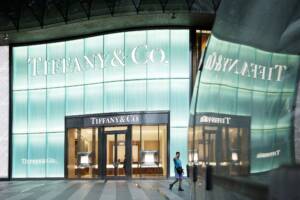


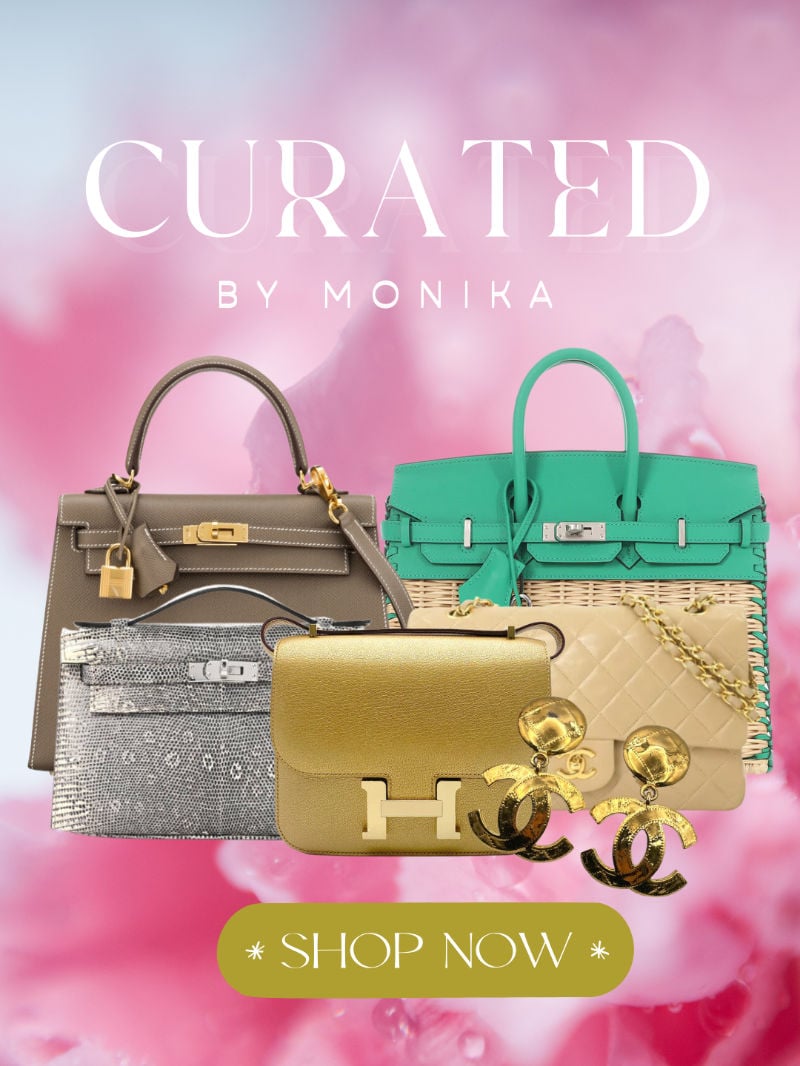
Comments
1 Responses to “Are Luxury Goods Just for Boomers?”
It’s a miracle that I am alive today. I encounter HERPES SIMPLEX VIRUS (HSV1/2) for good four (4) years, six (6) months and twelve (12) day with my calculations, before I meet the great priest salami. I am Louis empiral from Fresno California, united state of America and I was affected with herpes virus.Herpes is a viral infection cause by the Herpes simplex virus, marked by painful, watery blister in the skin or mucous membrane or on the genitals. This was what I suffered for good four years. I have visited CVS Pharmacy in Fresno for treatment but no improvement. I met priest salami online while I was searching for herpes cure. I read a testimony about his work. I give a try that now becomes a testimony in my life. I contacted him through WhatsApp +2348105150446 email [email protected] and Facebook facebook.com/priestsalami. You are truly God sent to me.